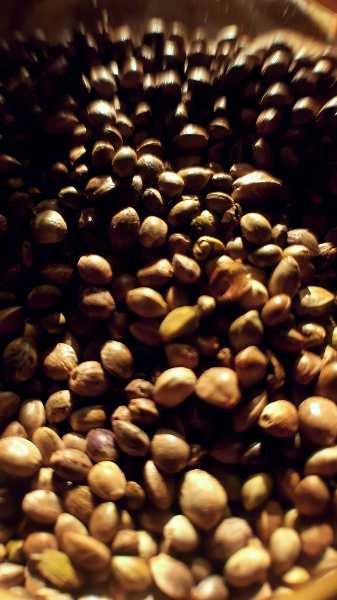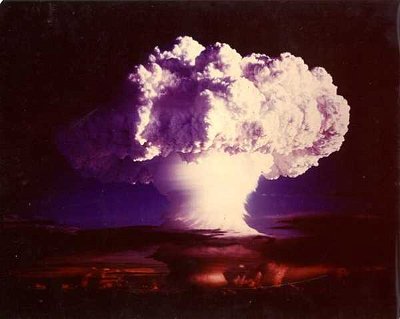 This quiz contains ten questions that cover all twenty FunTrivia categories! It's about a wide mix of people, places and things whose name begins with the letter 'H'.
This quiz contains ten questions that cover all twenty FunTrivia categories! It's about a wide mix of people, places and things whose name begins with the letter 'H'. Easier, 10 Qns, Fifiona81,
May 31 18
 This quiz contains ten questions that cover all twenty FunTrivia categories! It's about a wide mix of people, places and things whose name begins with the letter 'H'.
This quiz contains ten questions that cover all twenty FunTrivia categories! It's about a wide mix of people, places and things whose name begins with the letter 'H'.  This quiz is all about the letter H. Find out how much you know about "H" words here. Good luck!
This quiz is all about the letter H. Find out how much you know about "H" words here. Good luck!  This quiz will be about the letter H in multiple categories. Have fun and enjoy.
This quiz will be about the letter H in multiple categories. Have fun and enjoy. |
|
|
|
 Quick Question
Quick Question = Top 5% Rated Quiz,
= Top 5% Rated Quiz,
 Top 10% Rated Quiz,
Top 10% Rated Quiz,
 Top 20% Rated Quiz,
Top 20% Rated Quiz,
 A Well Rated Quiz
A Well Rated Quiz
· All questions, answers, and quiz content on this website is copyright FunTrivia, Inc and may not be reproduced without permission. Any images from TV shows and movies are copyright their studios, and are being used under "fair use" for commentary and education.